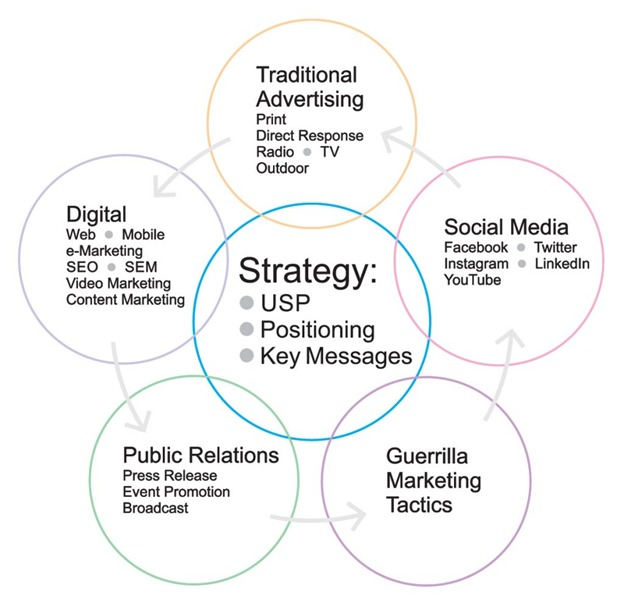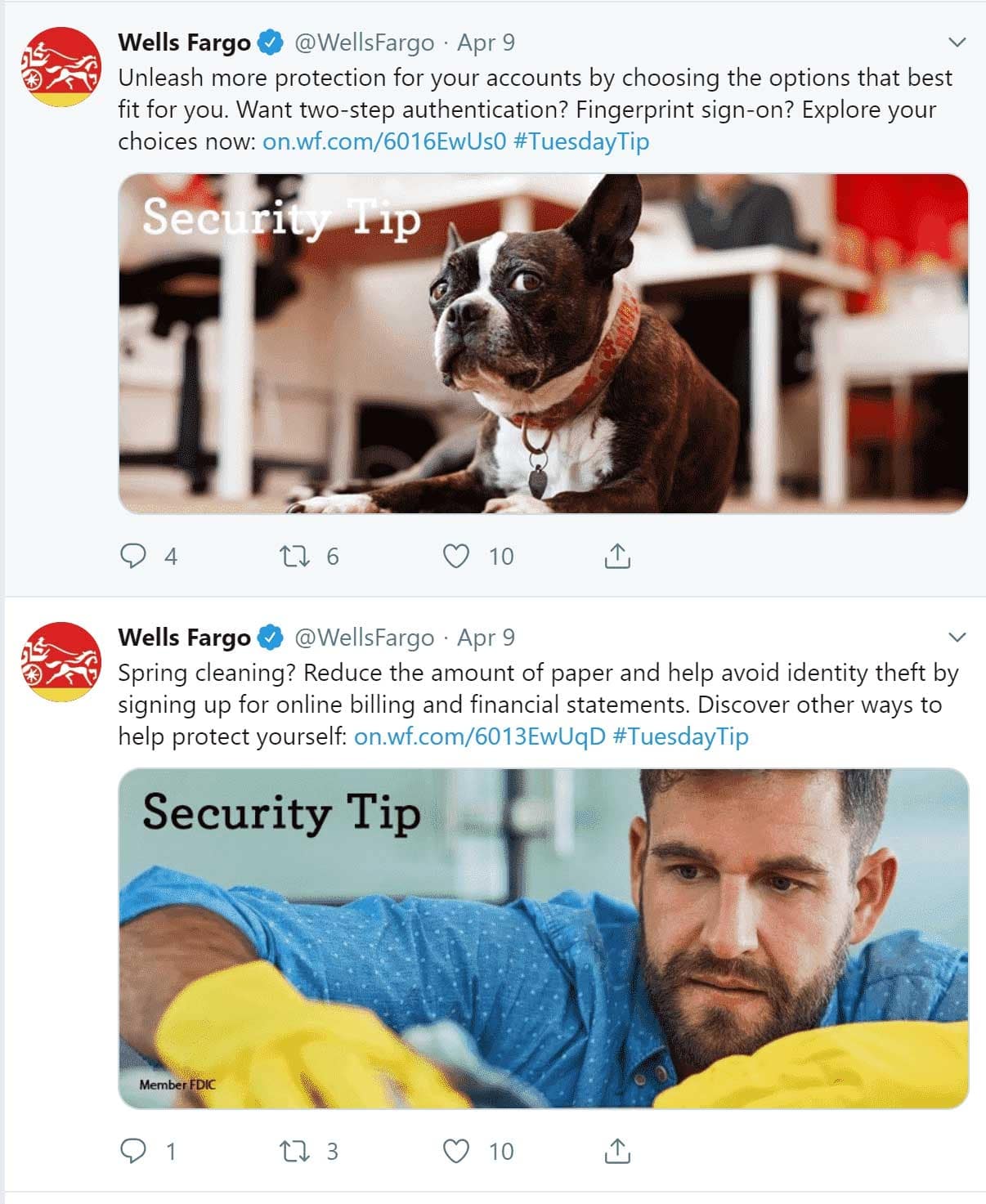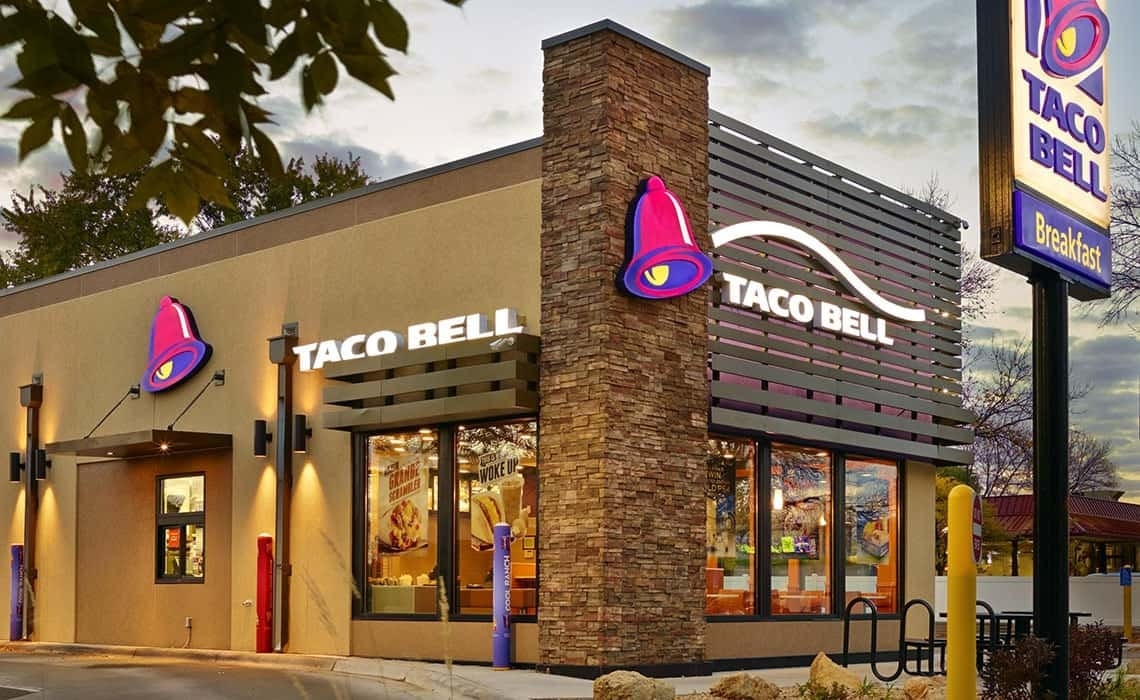Marketing Communication Strategy: Definition, Guide & Examples
Companies don’t succeed by accident. They are performing thorough research to produce efficient marketing campaigns. This allows them to penetrate new markets, build their presence, and become a customer resource.
This connection is strengthened by an effective promotional campaign led by a powerful marketing communication plan. But some planning is necessary to get started. You will have to think about your brand and its goals, your clients and their behaviors, and your industry’s current trends. You also have to be sufficiently flexible to modify your strategy, depending on what works and doesn’t.
Consistent sales seldom occur without a good communication marketing strategy. The development process of the strategy begins by targeting the correct customers based on the requirement of the consumer and how you fulfill it. In this article, we will go through some basic ideas about a marketing communication strategy and learn how to successfully build one.
What is a Marketing Communications Strategy?

The communication marketing strategy is the approach that a business or person uses to reach its target market through different methods of communication. It will include your message (what to say), your channel (where to say), and your target (to whom your message is approaching).
All three components must be complementary to each other to succeed in your marketing communication plan. Public Relations teams were usually responsible for a communication marketing plan since it falls into the marketing 4Ps promotion classification.
You would like all your messages, brandings, ads, and sales promotions to be consistent throughout the channels for consumers which require the departments of your company to operate together. And it can help you accomplish this kind of teamwork by connecting your team members to your integrated marketing and communication plan.
Every marketing communication plan should have the following alignments:
- Customer alignment - Be where your clients are already. Choose channels where your customers are active already. If you’re aiming for younger thousands, advertise on social media channels such as Instagram, Facebook and not on traditional TVC.
- Brand alignment - No matter where you choose the marketing channel should have the same brand image. If you sell luxury products, for example, establish contacts with prestigious magazine journalists, and not your local journal.
- Budget alignment - Select a marketing channel that matches your budget. If you have no budget, you will be unable to receive a print ad. But maybe by contacting journalists, you can get a free press statement.
Why does your business need a marketing communication strategy?
Gain brand trust
From a consumer point of view, a brand that communicates consistently to them is simpler to trust. In order to increase trust between your audience, remember that all channels convey consistent brand messages.
Part of your approach can also involve reaching out to reporters for your story. Through these kinds of positive connections, you can increase consumer loyalty by leveraging the trust of individual journalists or publications.
Optimize segmentation and targeting
You can reach more people who are really more interested in your goods or service when you enhance your marketing plan. When you show an audience that is perhaps already interested in your product or in the market for similar solutions, your ads will be more beneficial and effective. That is why it is crucial to employ things like social media targeting and digital display advertising to ensure that your most targeted audience always reaches the strongest marketing message.
Get high ROI
Usually, the final marketing communication goal is not interaction but a sale. When a PR team develops a strategy for a specific sales campaign, the purpose is to boost sales of the product or service. The tools available today for PR and social media reporting can help you measure, analyze and demonstrate the importance of your board work.
Once your brand message has been conveyed to the proper target demographic on the correct channels, favorable outcomes should be seen. Businesses must comfortably integrate departments to get a strategic and competitive edge in the industry.
Achieve cost-effectiveness
You know, as a successful company owner, it is crucial to reduce as much as possible extra costs. Integrated marketing communication can lower the costs of acquiring, creating images, and copying for various media.
You will also save time for a marketing staff that may then increase visibility and increase sales to create higher-quality content. With less original content per week, your marketing team can spend time creating smart, compelling messages that speed up consumer action.
How to build an effective marketing communication strategy
You should keep the above concepts in mind while creating your marketing communications strategy. You can ensure that your MC strategy is as efficient as possible with a few simple actions. The following stages can help your business to flourish, from analyzing your target audience to selecting your marketing communication mix strategy.

Step 1: Get to know your target audience

Unless you know to whom your products are targeted, you can establish a marketing plan. Take a little time to interpret and understand your target audience. You can adjust your marketing plan to those customers after you know more about your audience. You should specify the traits and preferences of the audience at the beginning of your marketing communication plan.
Some businesses have difficulty understanding what their audience wants. Just ask your audience what they need to accomplish by offering them interviews and surveys of existing customers and find out why they choose to purchase from you.
You may customize your marketing message by knowing why clients buy with you and what they need. The platforms or media you choose may be different from digital marketing, ads, or social media, but the question of which customers you are attempting to target with your message is still the same.
Step 2: Identify your unique selling proposition (USP)

You must take the USP of your organization into account when building your marketing communication plan. The USP is what distinguishes you and explains why people choose to buy. You should reflect your USP on all your marketing communications and branding tactics. You must explain this when you clarify your USP. You need to keep yourself branded. It is also easier to make enticing pitches for the media if you have a clear, known USP.
A SWOT analysis helps you understand the audience. This analysis will also help you figure out what your USP is. You know, for example, that there are a lot of rivalries when you’re a solar panel installation. Until they repair their roof, many homeowners don’t want to install solar. This problem can be resolved with a USP working with a roofing firm in order to reduce expenses on both components, or you can devise a way of installation that does not hinder the replacement of the roof.
Step 3: Decide your marketing mix

It is time to consider your marketing communication mix, after having identified your target audience and your USP. This mix is made up of various channels to reach your clients. You may want to use some of the following channels depending on your business.
For traditional marketing channels:
- Print publications
- Television
- Billboard
- Events
- Word of mouth
For digital marketing channels:
- Sponsorships
- Online advertising through options like Facebook and AdWords
- Direct marketing.
- Content marketing
- Email marketing
- Search engine optimization
You will find whole teams in a global company focusing on each of these operations. Of course, if you run a small firm, you cannot spend as many resources on each business. Only a few of these marketing channels can be used in your marketing mix. If you have a limited budget, public relations is the best way to obtain results.
Step 4: Create content that delivers consistency among channels

In order to ensure an efficient integrated marketing communication strategy, the content of the brand message you deliver is essential. You should be able to develop the brand message content that is consistent throughout the different platforms and channels that you use.
In an integrated marketing strategy, it is one of the essential primary focuses of this approach to identify the content that communicates to your audience most successfully.
For instance, you could want to explore top-of-funnel content such as ebook downloads, subscriptions for newsletters, or commercialization of a free resource on your site, as you try to build new paths. Or, you can attract them with customers’ stories or testimonials that help in decision-making if you want to convert existing leads into prospects. AI SEO can help you find keywords to create content for each stage of the funnel aligning with customer needs (learn more about the evolving role of AI in marketing from this GetResponse report). In any event, your message must be contained in a message that talks to them directly.
Step 5: Determine your success metrics to measure results objectively

Once you have determined your promotional mix for your marketing communications plan, you must also plan for all communication channels the proper number of success measures.
For each component of your communication mix, you need to develop metrics. These indicators indicate if you meet the major goals of your communications plans. The goals must be identified to have a reference for determining if your strategy is working. The goals might be your business goals (revenue), your marketing mix goals (new sales, lead generation, etc.), or your reach and engagement KPI.
For example, a variety of results from brand recognition to sales can measure your effectiveness in public relations. Here are a few metrics to consider:
- The number of newsletter signups
- The number of visits from each article
- The number of visits on social media shares
- The number of leads and sales generated for public relations
Make sure you choose KPIs that trigger value for your enterprise regardless of the communication channels you measure. For example, when you want to promote a new product using social media marketing, you would expect greater sales. Likes, shares, and retweets are good for boosting commitment and brand awareness, but moving more products or establishing more consumers is the goal.
Those likes, shares, and retweets actually constitute measurable engagements that might help you count on the success of your marketing effort. In addition, go for website visits, obtained leads, etc… demonstrate that your target groups and potential customers are more engaged.
Step 6: Determine your branding

For your whole marketing plan, branding is essential. To build a brand, all your marketing materials must be viewed consistently. These materials can include items such as applications, direct marketing, business cards, social platforms, websites, and promotional activities.
Your brand image is beyond a normal marketing tool. It is your company’s identity. Your brand image is essentially the core of your company and your presence on a global scale. You should establish your brand image with all of your marketing communications.
Step 7: Execute your plan
You are now ready to work with your marketing strategy. You only have to implement your plan. You may then measure how your plan works to determine if it meets its objectives. Now that you know the steps towards an effective, integrated marketing strategy, the time has now come to learn the hard thing: how you can design one that works.
Large firms and established companies have departments focused on market research, strategy, and implementation, and the process of trial and error still takes place to build the perfect campaign. A robust plan allows marketers to remain organized and educated while adjusting their strategy as necessary.
Although you can market numerous methods freely, you will probably have to invest some money in your efforts. You must spend money sometimes to create money, but keeping to a budget is crucial.
Planning is very important, and as your research gets better, your efforts become more effective. You want to spend too much money on a channel that is not used by your target demographic. Certainly, you don’t want to squander disengaged people’s time, energy, or money promoting. Proper research and planning will make your resources more effective. In addition, you can refer some marketing services. One standout brand with an exceptional digital marketing campaign is FATJOE, a leading service provider known for its innovative and impactful strategies.
Examples of communication marketing strategies
Microsoft
A U.S. technology corporation, Microsoft Corporation, develops the software, consumer computing, personal computers, computer services, and related services, develops, licenses, and sells them.
Microsoft has consistently undertaken various initiatives on Artificial Intelligence (AI) and incorporated AI in its portfolio. Microsoft has partnered up with Carlsberg to develop its AI services by using AI to accelerate the process to brew new beer aromas. The company has sold this project through a multiplicity of channels, such as Twitter, Youtube, or press releases on famous newspapers, employing the integrated marketing approach.

Wells Fargo
Wells Fargo is the third-largest financial services bank in the world. Although the company was riddled with frauds, it used integrated marketing communication strategies to rebrand its customers and stakeholders to regain confidence.
‘This is Wells Fargo’ is the bank’s latest integrated marketing campaign. Ads theme about the Control Tower development which allows consumers to view their account details in a secure and centralized way. Another commercial includes Financial Health Bankers supply financial advice for millennia.

Wells Fargo combined the following integrated marketing communications channels, such as print, broadcast, social media, to construct a comprehensive, well-received campaign by its audience. All marketing communication underlines the integration of people and technology, essential for enhancing the customer experience of Wells Fargo.
Taco Bell

Taco Bell’s Yum! brands portfolio is one of the major restaurant chains. In order to make the brand attractive and relevant to young and cross-cultural consumers, Taco Bell has created a fresh ad slogan ‘Live Más,’ which is Spanish for ‘more.’
The company has developed new products and an up-to-date menu for customers who are aware of their health. It co-branded the renowned DLTs with Doritos (Doritos Locos Tacos). To promote this campaign, Taco Bell had integrated various marketing communications strategies to peak the efficiency, such as a promotion based on a Youtube video, Instagram posts montage, new ordering app launch, etc. The company has published a Super Bown ad for 60 seconds on the theme live mas which has gained a lot of social media interest and has brought a lot of traffic to the brand.
Puma

In 2020, Puma decided in the 1980s to restart its renowned line. In the fashion sector, Retro is living its renaissance and this trend is particularly popular among young people. The new Puma Rider Sneakers generation largely targets the Z and Millennial generations, focused specifically on Brand Ambassadors.
In order to reach goal groups on the right platform, at the right time, Puma has created an integrated campaign on Instagram and TikTok, as Generation Z is more engaged on TikTok, while Millennials still maintain Instagram. In the next step of Puma’s campaign, Puma intended to drive customers to the web-Shop and the website at the start of the event. The second phase was based on the education phase that led to the growth in sales so that potential customers were aware of the concept and possibly more inclined to buying.
Final words
Not only can you better understand your target and brand message through a comprehensive marketing communication plan, but it also helps to keep clear who your business is and how you can always communicate with your audience. When marketing and communication are successfully combined, you can speak better to your audience and begin to see the outcomes that will fulfill your business needs.
By reaching out to the appropriate influence, highlighting what makes your brand distinct, and keeping a unified brand identity, you can maximize the success of your plan. However, as long as you do your study and know your market, you should be in a position to develop a communication marketing strategy to advance the success of your business.
New Posts






